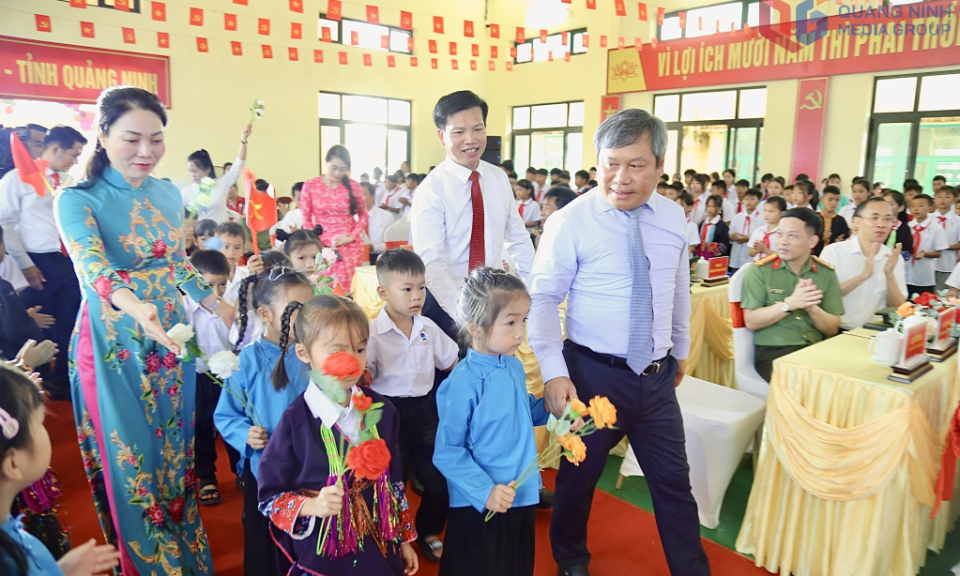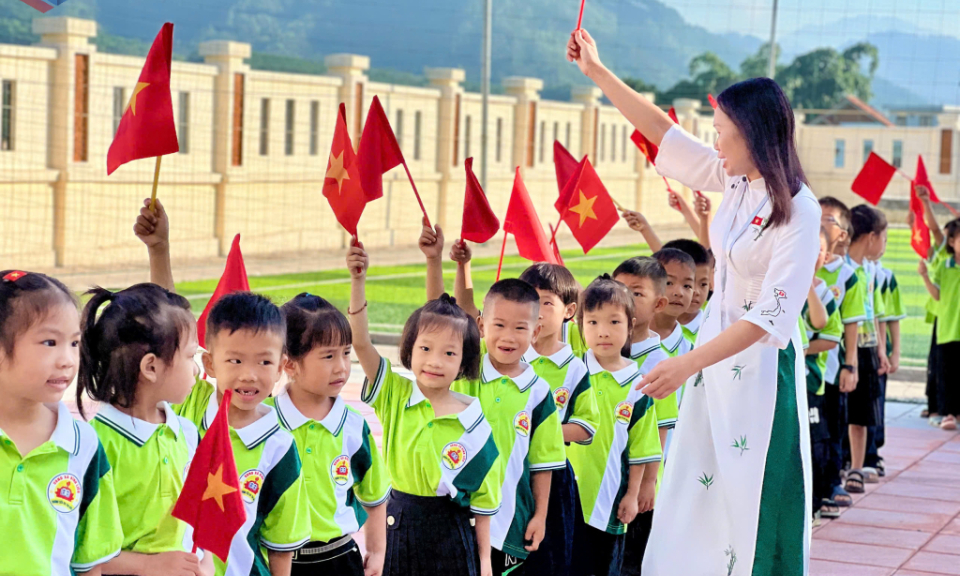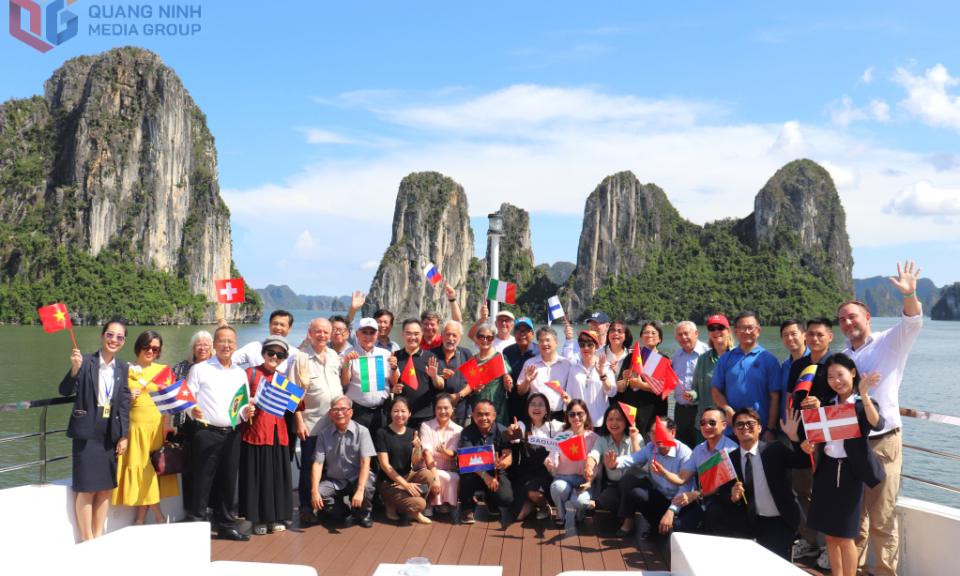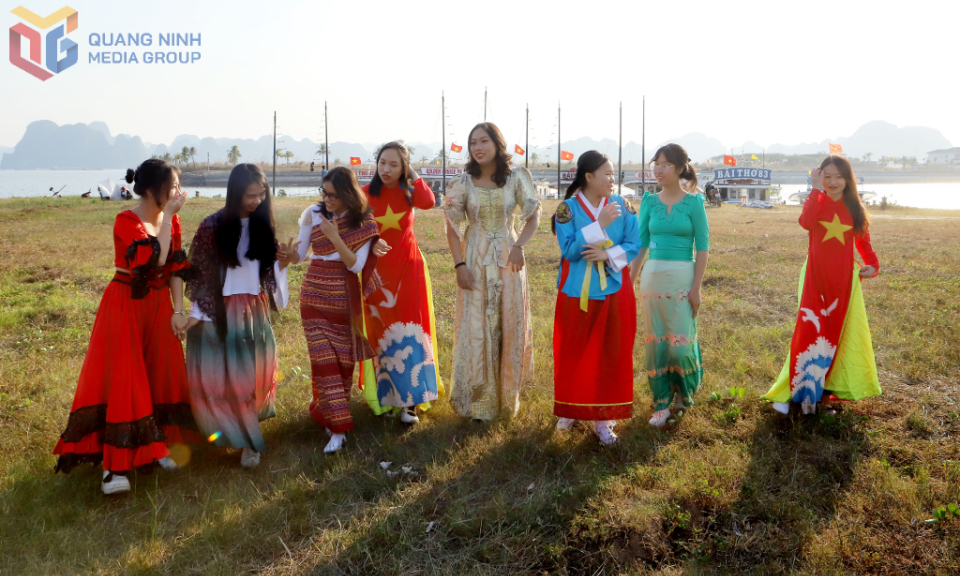Seminar on preserving the historical and cultural values of Lang Bang Communal House
On July 3, a seminar was held by the People’s Committee of Thong Nhat commune to gather insights from scholars and cultural experts on the historical and cultural significance of Lang Bang Communal House. The event also aimed to identify key directions, responsibilities, and solutions for preserving and promoting the site’s heritage values.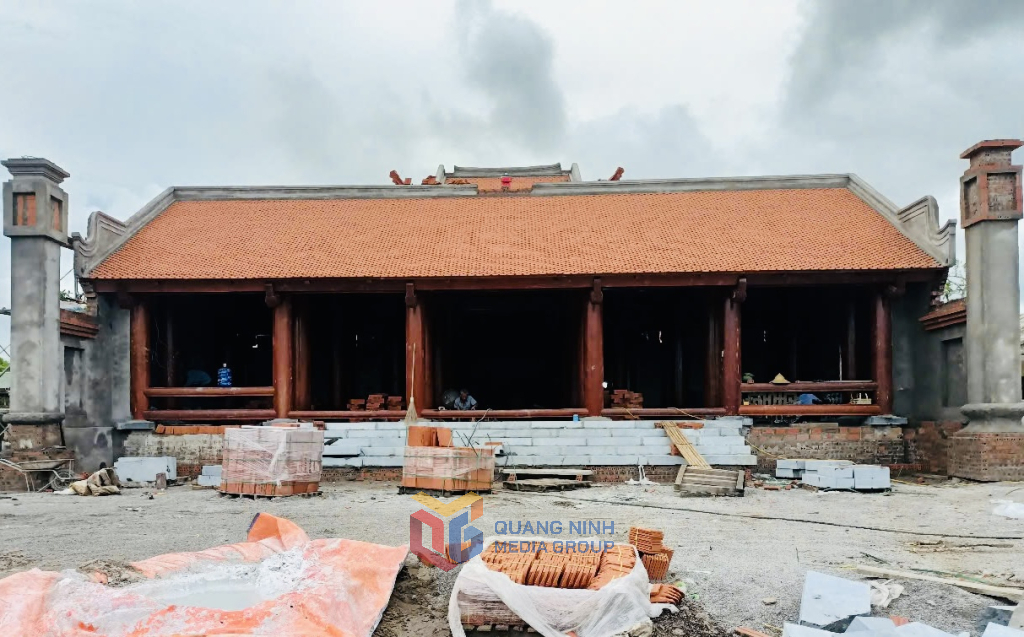
The seminar welcomed representatives from the National Cultural Heritage Scientific Council, the Institute of Han-Nom Studies, the Vietnam Literary Heritage Association, and the Quang Ninh Department of Culture, Sports and Tourism.
Lang Bang Communal House is an ancient architectural structure imbued with rich cultural and spiritual significance, deeply woven into the everyday life of the local community. In 2018, the Quang Ninh Museum collaborated with the University of Social Sciences and Humanities and the local government to carry out an archaeological excavation at the site.
The findings revealed a diverse range of artifacts dating from the Tran Dynasty (13th-14th centuries), the Later Le Dynasty (17th-18th centuries), and the Nguyen Dynasty (late 19th to early 20th centuries). Among these, artifacts from the Tran Dynasty were found in the greatest number and distribution.
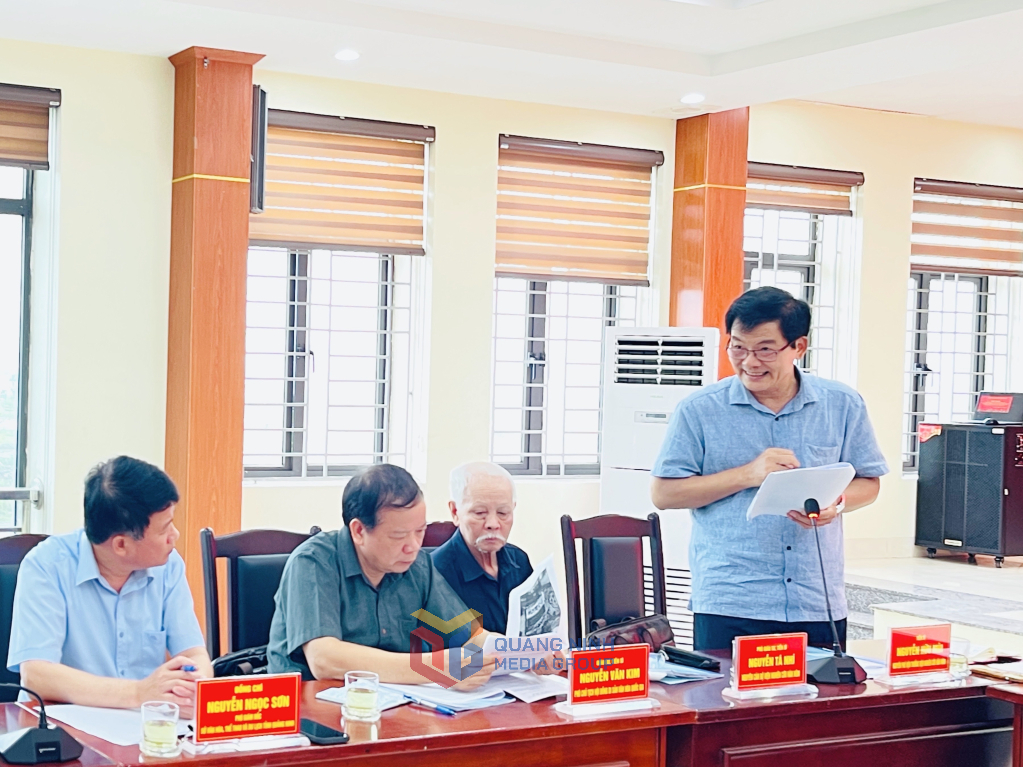
Based on the distribution patterns of these relics, researchers have initially identified Lang Bang as the site of a large-scale architectural complex built on a low hill near Cua Luc Bay, covering an estimated area of 800-1,000 meters on each side. The heart of this complex is believed to lie within the current grounds of the communal house - evidence that reinforces the historical significance of Thong Nhat as a gateway region of Dai Viet.
On October 14, 2020, Lang Bang Communal House was officially recognized as a historical site and listed among Quang Ninh Province’s cultural and scenic heritage assets, as per Decision No. 3929/QD-UBND. However, due to the impacts of weather, environmental degradation, and limited funding, the site has suffered considerable deterioration, making it difficult to meet the spiritual needs of local residents and pilgrims.
In response, and with the support of local authorities, residents, and Buddhist followers, Thong Nhat Commune began restoration efforts in 2024. The project spans 1.5 hectares and includes structural rehabilitation and landscape enhancement. The restoration has now reached the roofing stage and is moving toward completion, marking a key milestone in the collective efforts to safeguard the region’s cultural heritage.
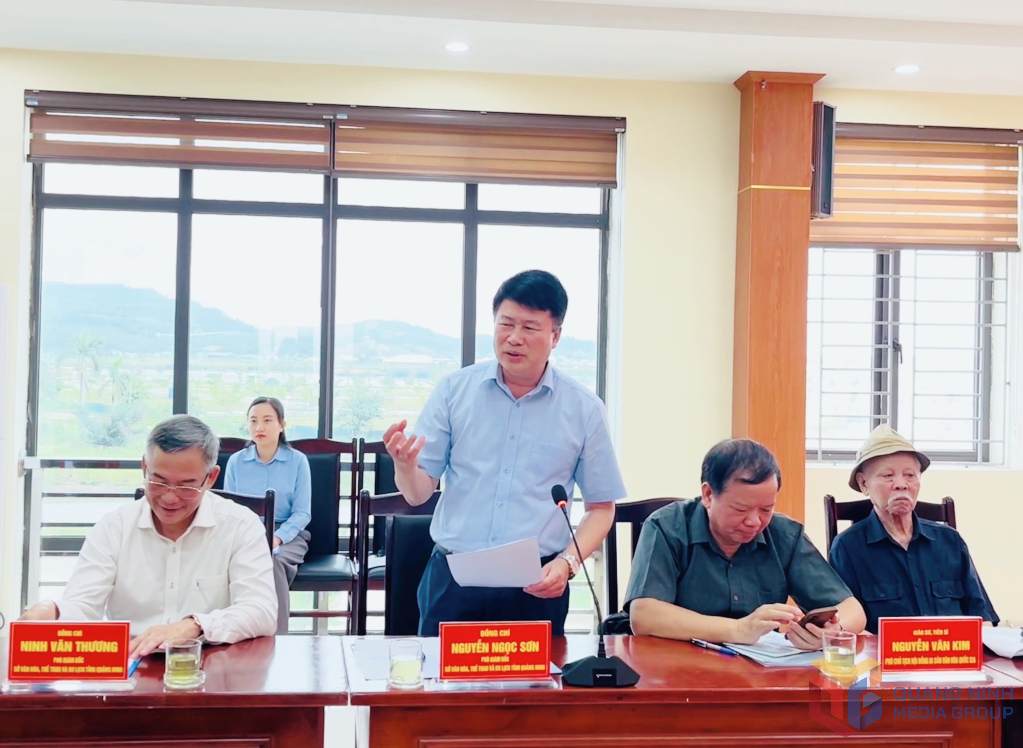
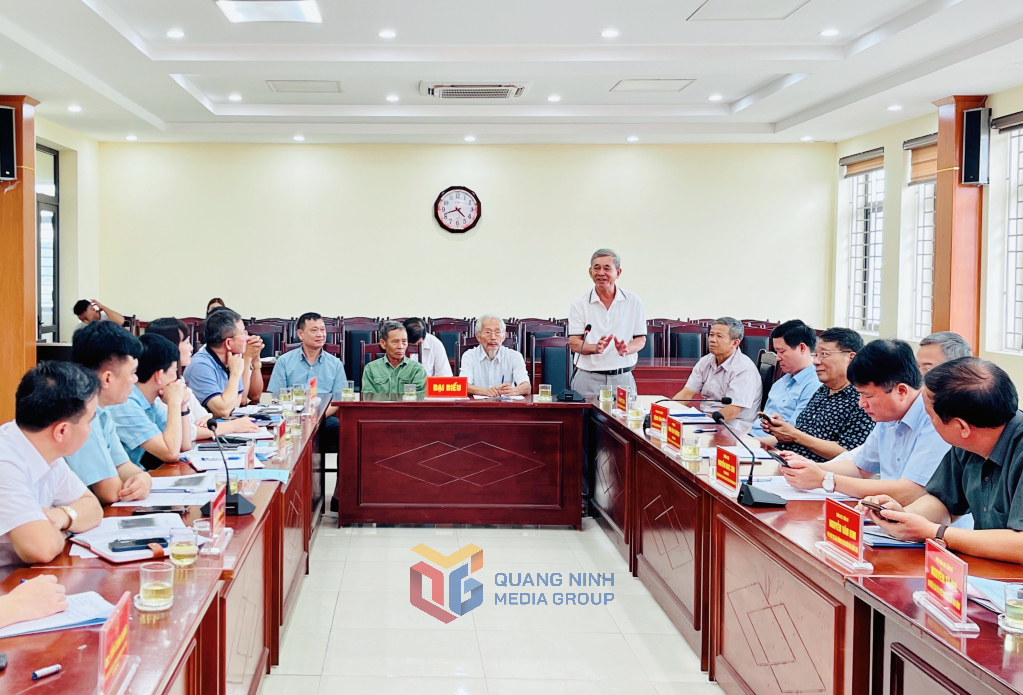
During the seminar, scholars and experts affirmed the appropriateness and urgency of the restoration project. Their in-depth presentations emphasized the historical, artistic, and spiritual value of the communal house and its symbolic role in preserving the identity and unity of traditional Vietnamese village communities.
The exchange of ideas and recommendations also reaffirmed Lang Bang Communal House as a cultural treasure with immense value in history, belief, and traditional art. Experts contributed practical insights and proposed actionable strategies for the sustainable preservation and revitalization of Lang Bang and other heritage sites throughout the province.
With broad consensus, participants committed to implementing the key directions outlined at the seminar, with the shared goal of turning Lang Bang Communal House into a cultural landmark of both local and provincial significance, contributing to preserving and spreading the enduring values of Vietnam’s traditional heritage.

